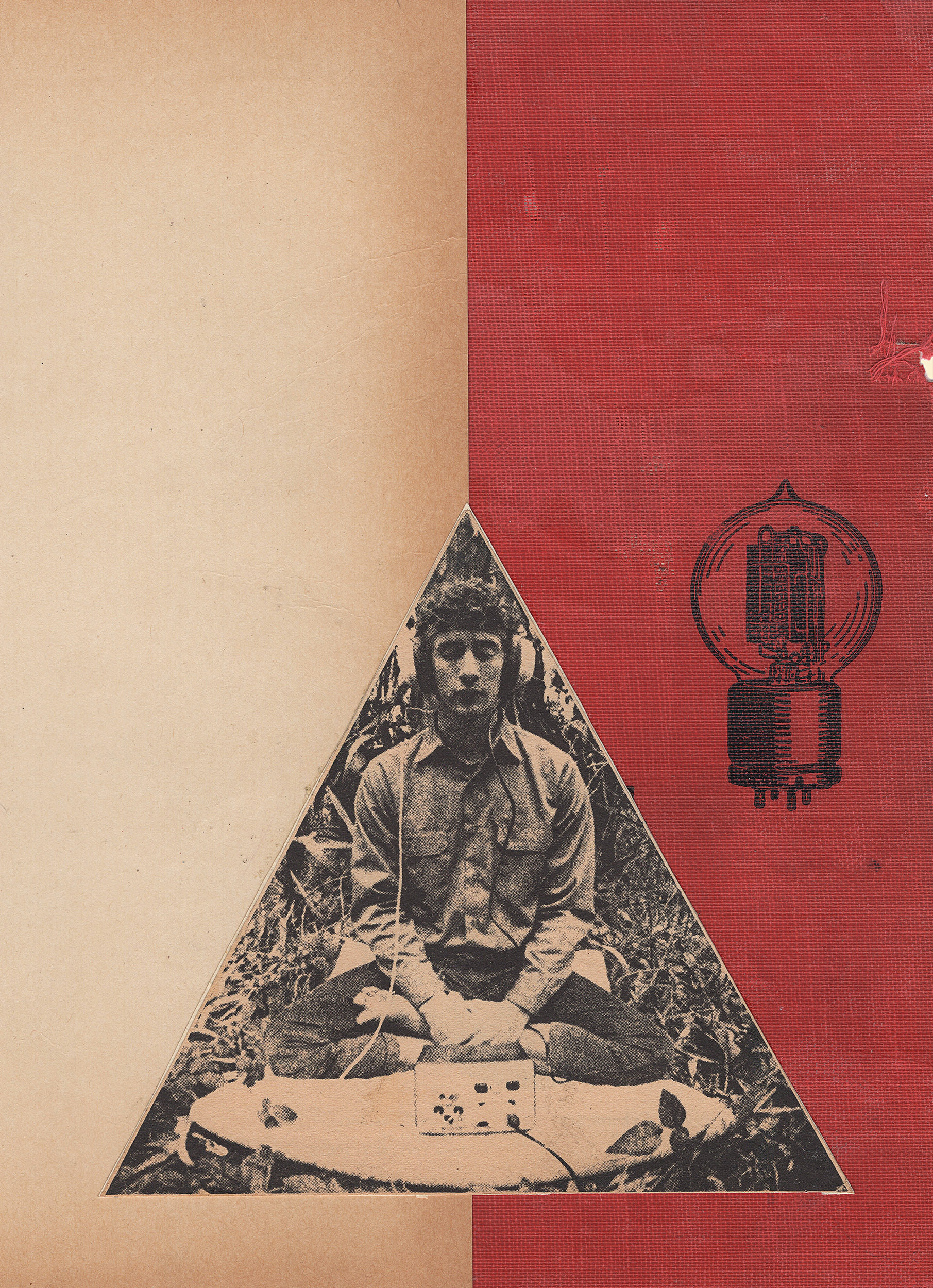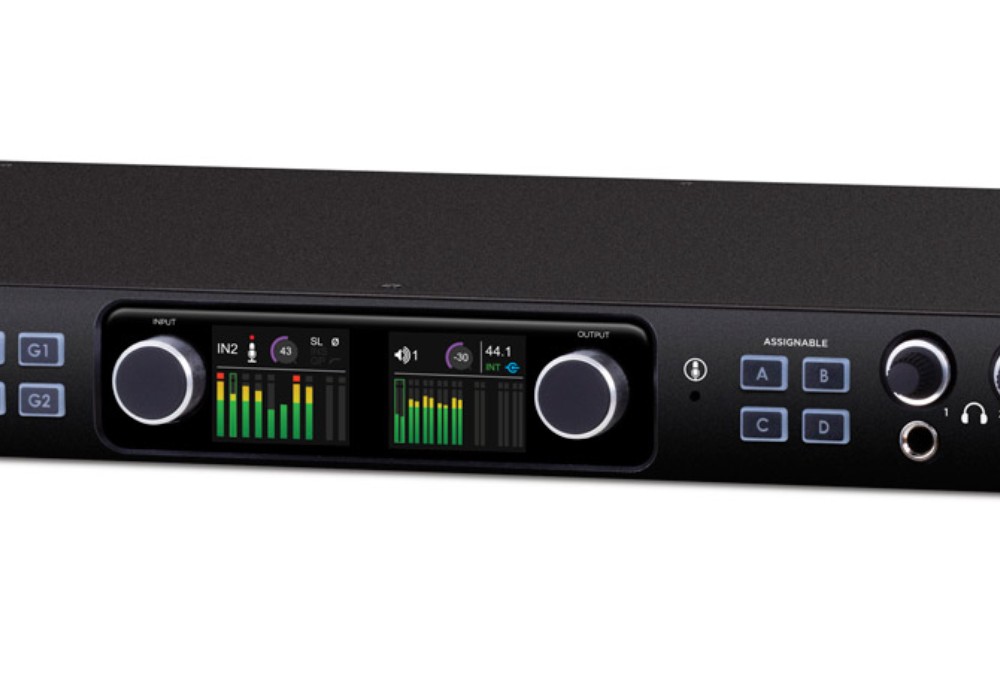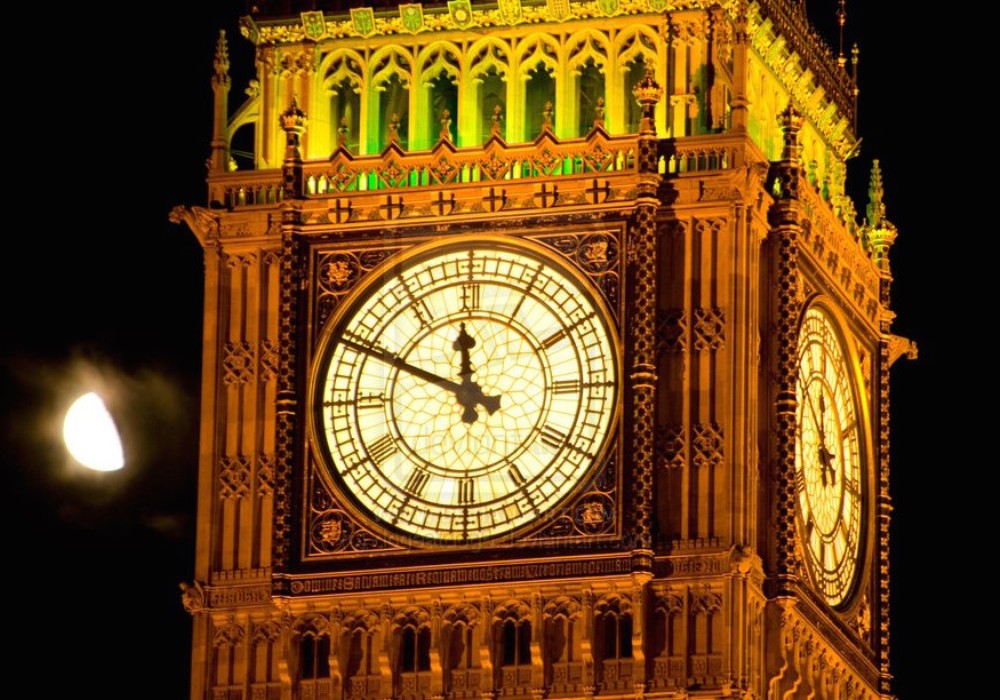For some time now, I’ve been on the hunt for a mastering-grade A/D converter to capture the summed stereo output of my Shadow Hills Industries Equinox [Tape Op #55] for printing final mixes back into Pro Tools. Lucky me, Rupert Neve Designs has just recently released their new Master Buss Converter, aka MBC, at this year’s (virtual) AES convention. The MBC is a 2-channel A/D converter loaded with features, including an analog limiter (with a sidechain high-pass filter and variable release times) and their signature variable Silk transformer options. Word Clock outputs allow you to use the MBC as a high-end master clock for your existing converters, and you can dial in your desired calibration levels with four different digital reference standard settings. It was quick and painless to get the satisfyingly heavy MBC up and running with my Antelope Orion 32 [#99]: S/PDIF for digital audio, and BNC for word clock.
Let’s talk about the limiter first, because simply put, it rules! This is not your ordinary “soft clip limiter” that you might find tacked on to other mastering converters. This thing can pump with character if you want it to! It can also provide a transparent grab on sneaky transients in mixes and masters. The controls for the limiter are well thought out, making it a workhorse for all kinds of applications. The sidechain high-pass filter is sweepable from 20 to 250 Hz (please note that this filter is only affecting what the limiter reacts to, not the audio signal itself). The Gain knob feeds the input of the limiter (very cool when you want to push sounds a little harder). Speed controls include a Threshold knob and a Release knob, sweepable from 50 ms to 1 second. Don’t judge me for using the following cliche, but on a full mix this limiter truly “glues” everything together. Slower release times with the sidechain filter set between 20 to 100 Hz (where kick drum and bass fundamentals typically live) keep a tight and articulate hold on the low end. Faster release times on a full mix can bring the low end up front with a punch – perfect for thick rock mixes. I was even able to get the bass to growl with some distortion when pushing the gain knob quite a bit. If you have the luxury of using the MBC on individual instruments – not just full mixes or masters – you should. Acoustic guitars sound killer through the limiter, taming finger squeaks and controlling boominess without any unwanted pumping artifacts. Drum sounds are also a dream! I had 10 dB of gain reduction going on my drum bus, and it sounded huge but totally in control. I wouldn’t just consider this a mixing/mastering converter; it would also be a superb choice on the front end of a studio for tracking vocals, guitar, bass, drums, or just about anything!
This was my first time using the RND Silk features, and I was impressed. The MBC gives you Red or Blue Silk options for additional transformer coloration. When you engage the transformer without any Silk, it adds a subtle amount of saturation to super low and high frequencies, giving a hint of weight to the signal. Where you really start to hear the transformer is when you engage either the Red or Blue Silk option, and then use the Texture knob to dial in saturation. Blue Silk saturates mostly lower to low mid frequencies, acting as a thickening agent. Red Silk saturates mostly high mid to high frequencies and sounds almost like a blanket has been lifted off of the entire mix. I have fallen in love with Red Silk. It doesn’t necessarily make sounds brighter, it simply brings a focus and presence to the upper frequencies that I can only seem to get out of high-end analog gear. Blue Silk sounds fantastic on acoustic guitars, especially when paired with the limiter (thick golden day of Sheryl Crow acoustic tones)!
So how does the digital side of the MBC sound? When used as the master clock for the Orion, I noticed a much more focused center image with better articulation in the sub and low frequencies. The Orion has an open stereo image, and the MBC did cut down on the width a bit, but not in a bad way. I’ve always noticed some cluttering between 100 to 200 Hz with the Orion, but the MBC brought detail, with a more accurate picture of that frequency range that I had not yet heard on my setup. The clock in the MBC probably isn’t enough reason alone to buy simply as a master clock, but the conversion is stellar and absolutely worth the money for capturing a mix or master (or overdubs) into your DAW. You can choose between four different digital reference levels (-14, -16, -18, and -20 dBFS) to match up with your existing converters. If you want the option to drive the transformers harder, -20 dBFS allows you to use higher analog levels which create more harmonic content from the transformer/Silk circuitry. For minimized harmonic content, the transformerless option is good, or you can also use the -14 dBFS setting for minimal harmonic content from the transformer as you approach 0 dBFS on the converter. For me, -20 dBFS was the sweet spot. I’d highly recommend calibrating different digital reference levels for your own setup and taste.
Digital gear, since its inception, has mostly been about transparency and accuracy. But I truly think we are entering a new era where digital equipment can be used in colorful and musical ways, and the MBC is a clear indication that Rupert Neve Designs is already heading down that path. The only other converter I’ve used that even comes close to having as much character and color as the MBC is the Crane Song HEDD Quantum [#129], but even the saturation features in the HEDD are DSP powered. The MBC front end is 100% analog, made by one of the audio world’s greatest gear designers, and the digital side is incredibly accurate, clear, and flexible for many uses. The MBC is transformational; sure to set the standard for quality and features offered in the next generation of converters.






_disp_horizontal_bw.jpg)